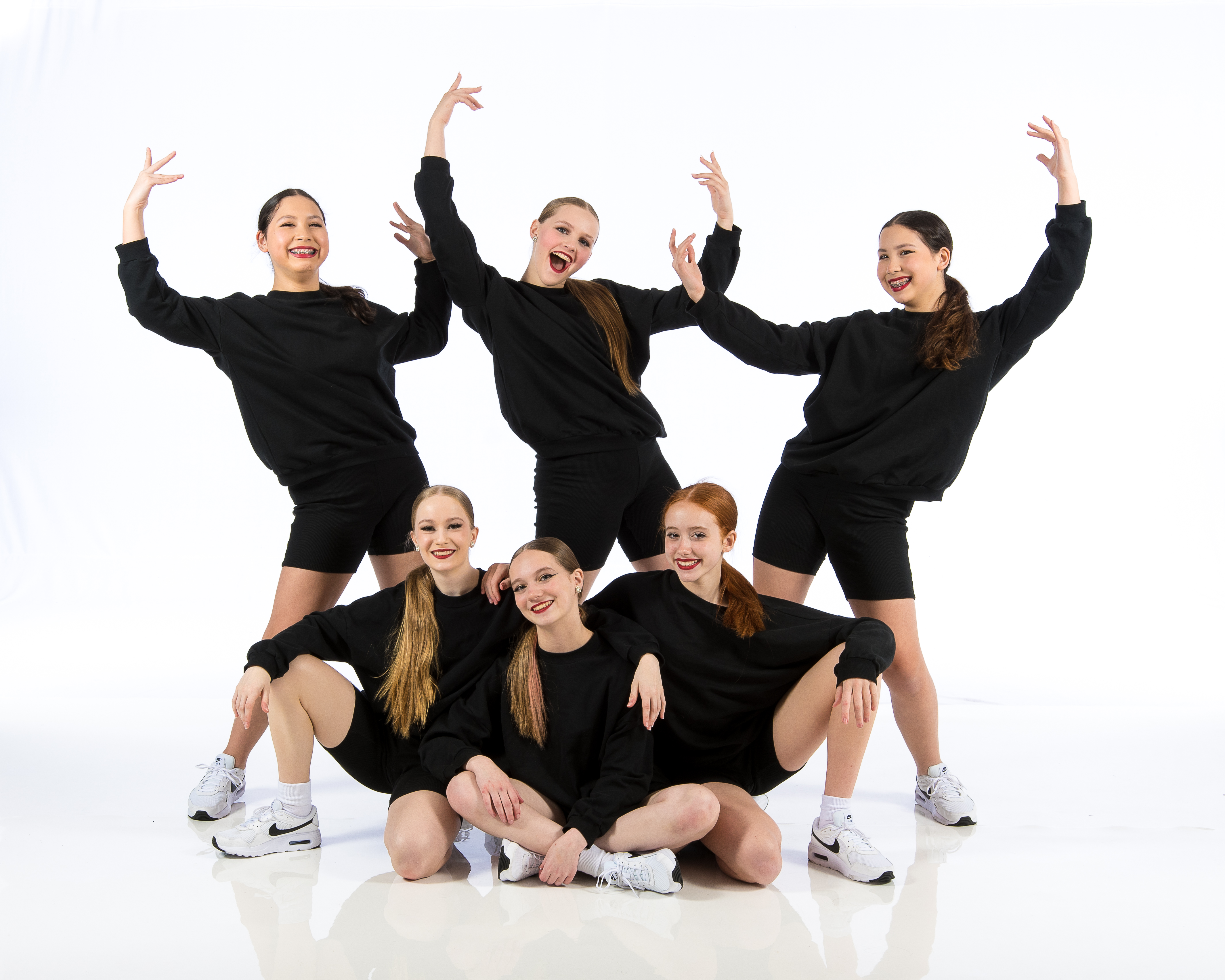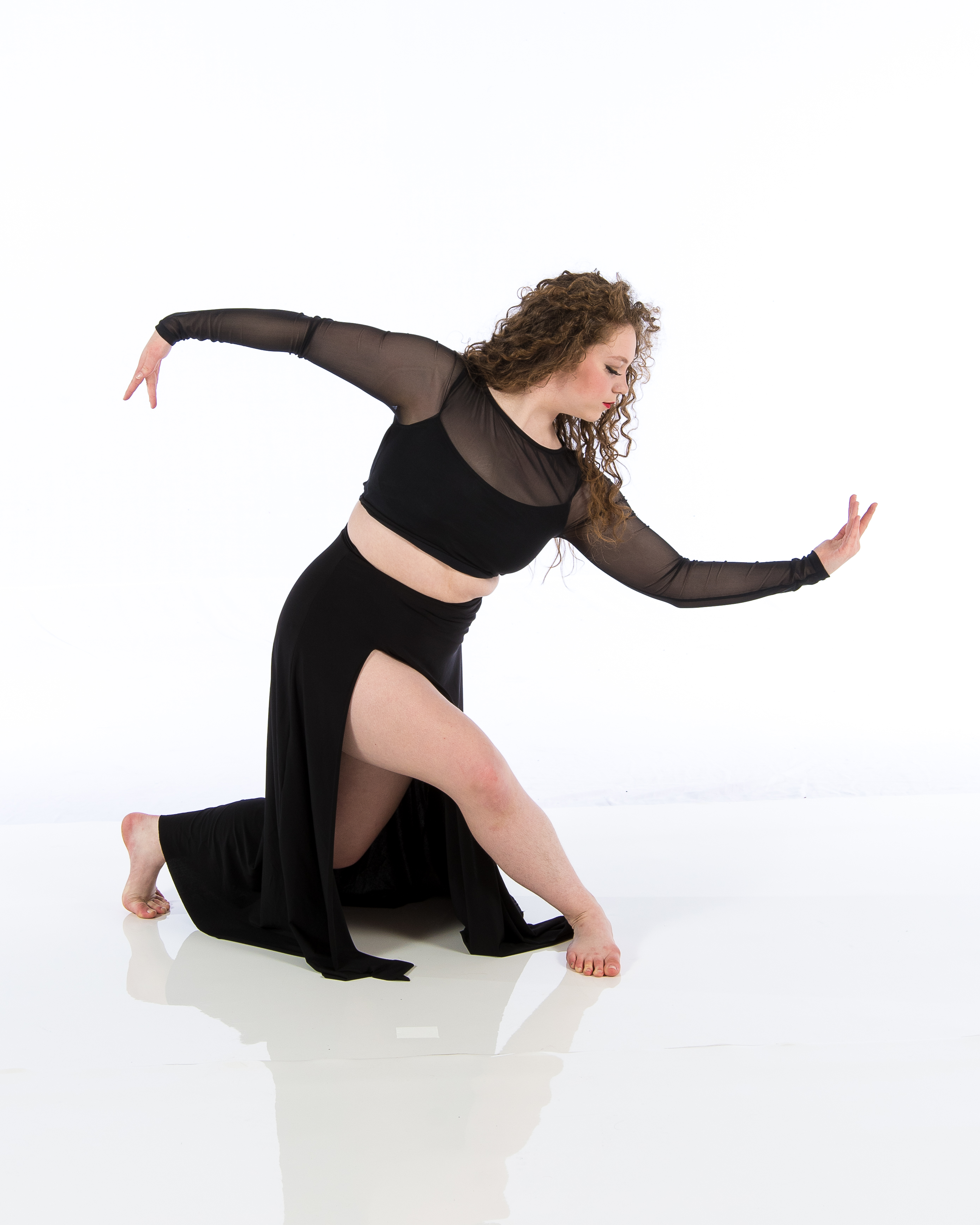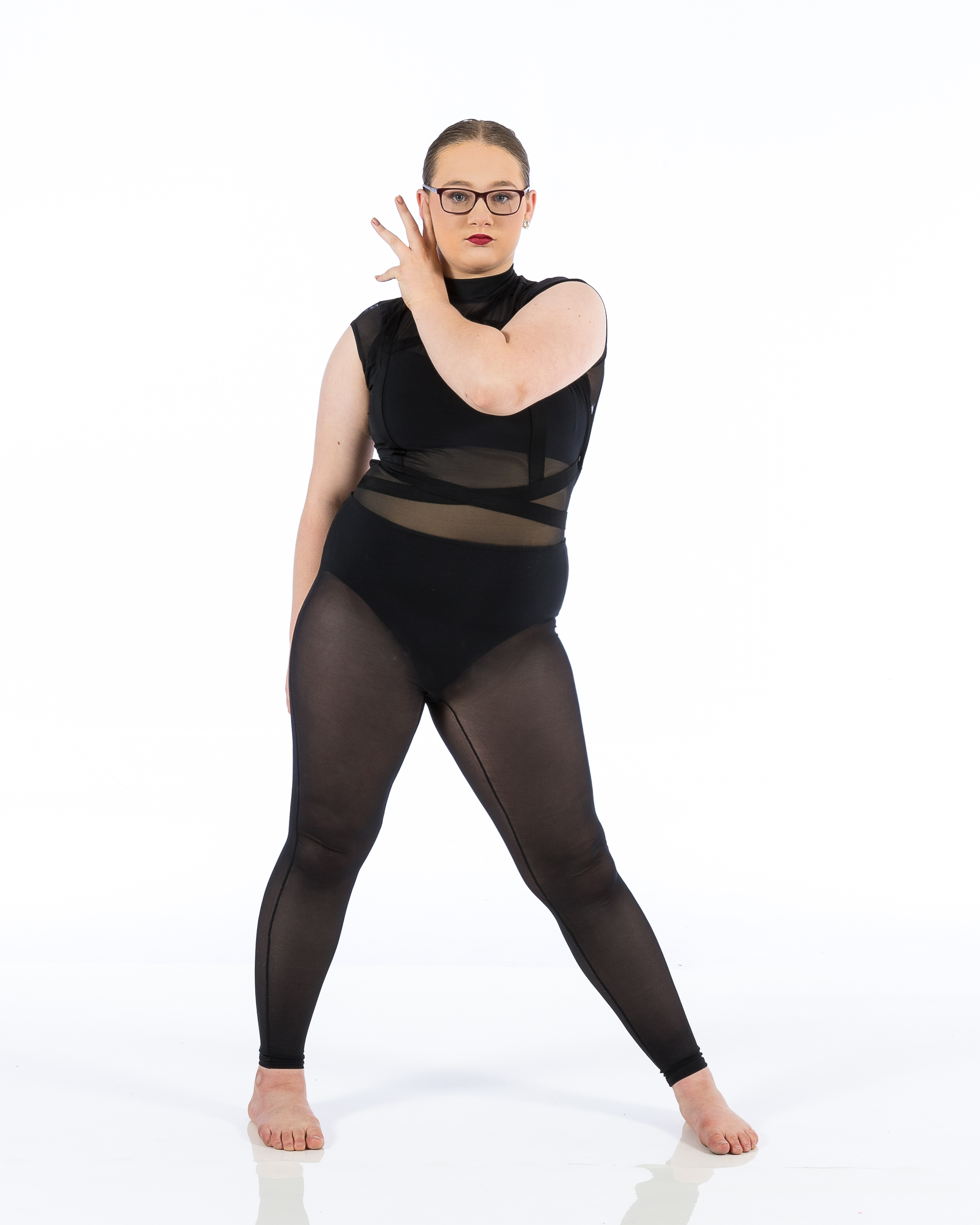Introduction
Dancing is more than just movements; it's a form of expression, a way to connect with affordable dance academy others, and a fantastic workout. Whether you're looking to shake it on the dance floor or simply want to get fit, joining a dance class can be an exhilarating experience. However, stepping into a dance studio for the first time can feel overwhelming. Questions swirled around your head: What should I wear? Will I keep up? How do I find the right class? Fear not! This guide will walk you through the essential do's and don'ts of dance classes to help you navigate your journey as a beginner.
A Beginner’s Guide to the Do’s and Don’ts of Dance Classes
Understanding the Dance Studio Environment
What is a Dance Studio?
A dance studio is your playground for rhythm and movement. It's typically equipped with mirrors, ballet bars, and spring floors designed specifically for dancing. Studios vary in size and style, offering everything from ballet to hip-hop classes. When you step into one, you're stepping into a world where creativity meets discipline.
Why Choose a Dance Class?
Why not just dance at home? While self-practice is essential, attending a structured dance class provides invaluable benefits:
- Expert Guidance: Instructors correct your form and technique. Social Interaction: Meet fellow enthusiasts who share your passion. Structured Learning: Classes follow a curriculum that builds skills progressively.
Do's of Dance Classes
1. Do Arrive Early
Arriving early allows you to acclimate yourself to the environment. It gives you time to warm up, stretch, and mentally prepare for what lies ahead. You’ll also have the chance to meet your instructor and fellow classmates before things kick off.
2. Do Wear Appropriate Attire
Your choice of clothing can significantly impact your performance in class:
- Comfortable Clothing: Opt for breathable fabrics that allow freedom of movement. Footwear Matters: Depending on the style—ballet shoes for ballet classes or sneakers for hip-hop—invest in appropriate footwear.
3. Do Stay Hydrated
Dance can be physically demanding, so hydrate before, during, and after class. Keeping water handy ensures you're energized throughout the session.

4. Do Listen to Your Instructor
Your instructor has experience; listen carefully! They provide valuable tips on technique and safety that can prevent injuries.
5. Do Practice Outside Class Time
Practice makes perfect! Regular practice outside of class will help reinforce what you've learned and improve your skills more quickly.
Don’ts of Dance Classes
1. Don’t Compare Yourself to Others
Every dancer progresses at their own pace—comparing yourself to others can lead only to disappointment or frustration. Focus on your personal growth!
2. Don’t Be Afraid to Ask Questions
If something isn't clear, don’t hesitate! Asking questions shows your eagerness to learn and helps clarify any confusion about techniques or routines.

3. Don’t Ignore Safety Guidelines
Safety should always come first in any physical activity:
- Follow instructor guidelines regarding movements. Be mindful of your surroundings; bumping into someone mid-twirl isn’t fun!
4. Don’t Quit Too Soon
Give yourself time to adjust! Many beginners feel overwhelmed after their first few classes but remember that every expert was once a beginner too.
Choosing the Right Dance Class for Beginners
Types of Dance Classes Available
When choosing a dance class as a beginner, consider what kind resonates with you:
Ballet Jazz Hip-Hop Contemporary Ballroom LatinEach style offers unique benefits; explore them all!
Researching Local Dance Studios
Finding the right dance studio can make all the difference:
- Look for reviews online. Visit studios in person if possible. Ask about trial classes before committing long-term.
Creating Your Personal Goals in Dance Classes
Setting Realistic Goals
As with any new endeavor, setting achievable goals will keep you motivated:
- Short-Term Goals: Aim for mastering specific moves within weeks. Long-Term Goals: Consider performing or participating in competitions eventually.
Documenting Your Progress
Keep track of your progress over time using video recordings or journals—it'll help visualize Dance information how far you’ve come!
The Importance of Feedback in Dance Classes
Embracing Constructive Criticism
Feedback is crucial in any learning process:
- Understand that constructive criticism helps refine techniques. Approach feedback with an open mind!
FAQs About Dance Classes
Q1: What should I wear to my first dance class?
A1: Wear comfortable clothing that allows freedom of movement along with appropriate footwear depending on the type of dance.
Q2: How do I know which type of dance class is right for me?
A2: Try different styles until something clicks—most studios offer introductory classes.

Q3: Can I join a dance class if I have two left feet?
A3: Absolutely! Everyone starts somewhere; instructors are there to help you improve.
Q4: Is it necessary to take private lessons before group classes?
A4: Not at all! Many people thrive in group settings from day one.
Q5: How often should I attend classes as a beginner?
A5: Ideally, aim for 2–3 times per week; consistency is key!
Q6: What if I feel self-conscious during class?
A6: Remember everyone was once new too! Focus on enjoying yourself rather than worrying about others.
Conclusion
Stepping into a dance studio as a beginner may seem daunting at first but embracing both the do's and don'ts will empower you on this exciting journey. With patience, persistence, and passion, you'll discover not only new moves but also newfound confidence! So lace up those shoes—you’re ready to hit the floor!
In summary, “A Beginner’s Guide to the Do’s and Don’ts of Dance Classes” serves as an essential roadmap for anyone looking to dive into this beautiful art form while ensuring they enjoy every step along their path toward becoming proficient dancers!